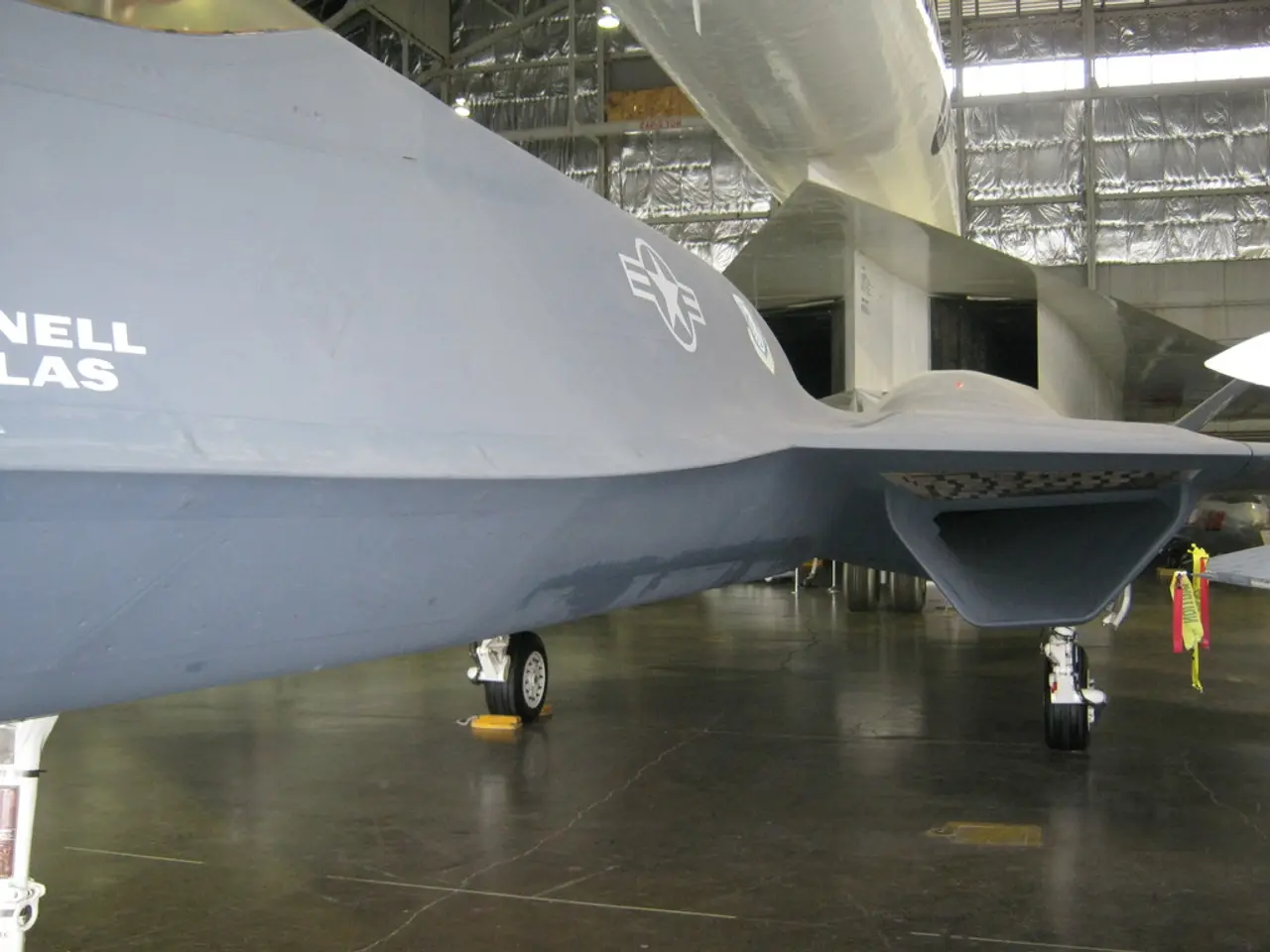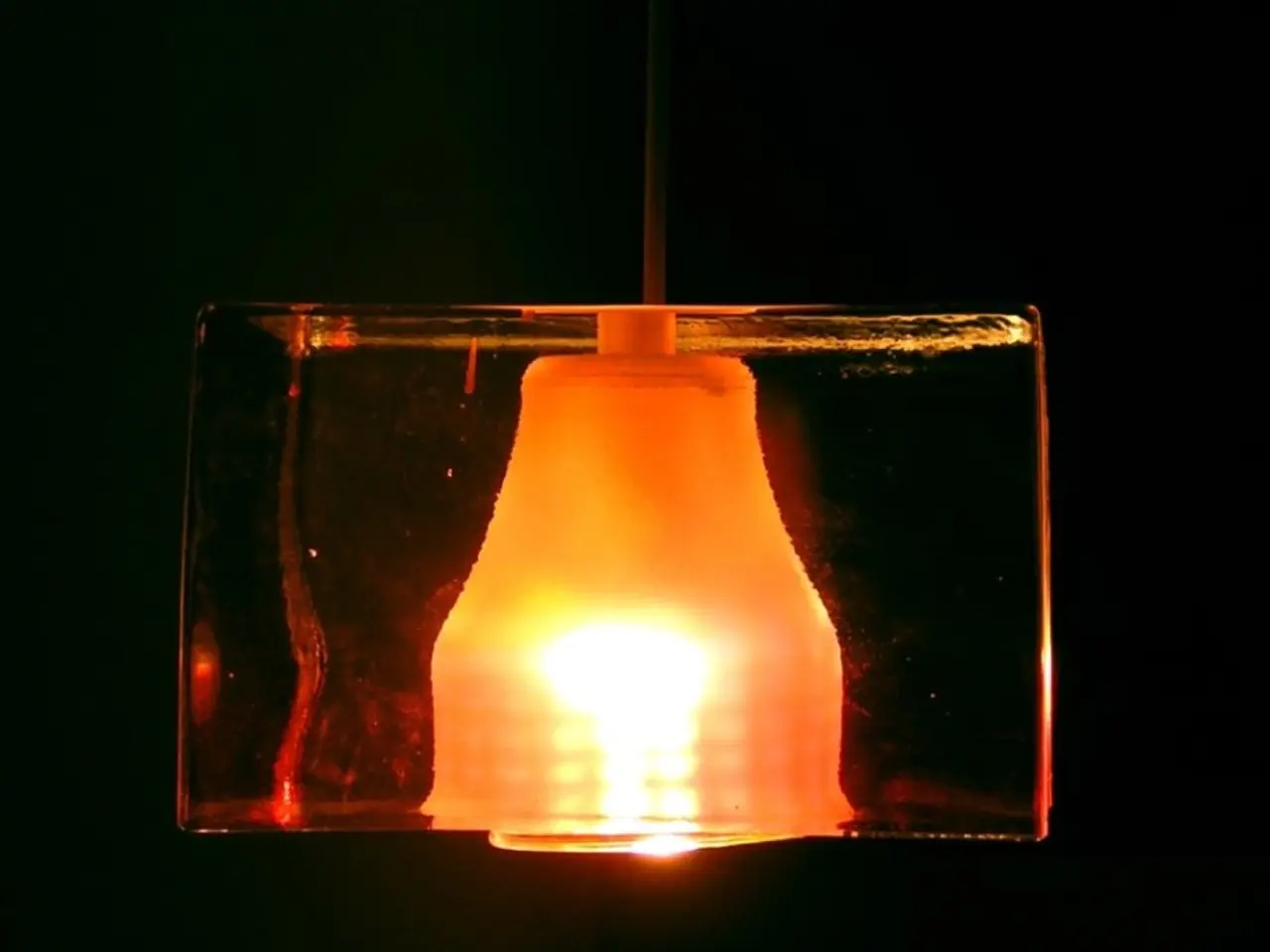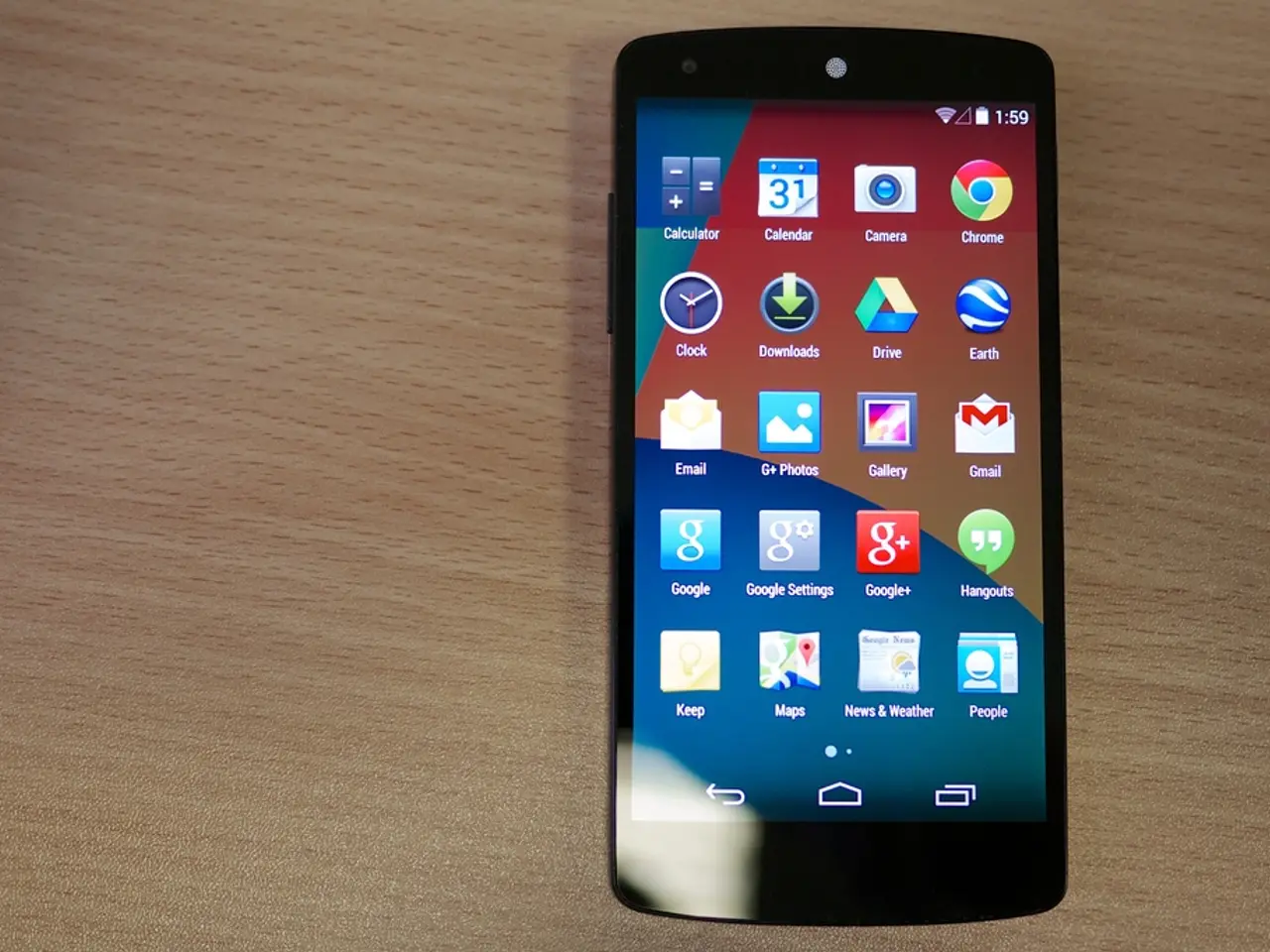Revolutionary Electric Aircraft Accommodates 90 Passengers with a Range of 800 kilometers
The aviation industry is on the cusp of a revolution, with the introduction of electric aircraft capable of carrying 90 passengers over a distance of 800 kilometers. The most prominent development in this category is the Elysian E9X, a battery-electric aircraft designed to carry 90 passengers with a range of about 800 km (roughly 500 miles).
Elysian, in collaboration with KLM and Transavia, has launched knowledge-sharing initiatives to accelerate the development and integration of this technology into commercial aviation. The project focuses on creating a sustainable and economically viable model for regional electric flights, emphasising the need for collaboration with operators and airports to address technical, operational, and commercial challenges.
While battery-electric aircraft capable of carrying 90 passengers over 800 km are not yet commercially operational, leading efforts such as Elysian’s E9X project show strong promise for entering service within the next decade. This approach is expected to transform regional air travel by offering cleaner, quieter, and potentially more cost-effective options, especially on busy short-haul routes.
The aircraft's aerodynamic efficiency not only boosts its range but also allows it to maintain optimal energy consumption levels during flight. The technological marvel features advancements in battery technology, electric motor design, and composite materials. The aircraft employs next-generation lithium-sulfur batteries for extended range capabilities and smart energy management systems for optimised battery usage.
Carrying 90 passengers requires a significantly larger aircraft, which in turn demands a very large battery capacity. Estimates suggest about 35 tons of batteries would be needed for an aircraft comparable in size to a Boeing 737, with design innovations such as storing batteries in the wings to manage weight distribution.
Certification and regulatory approval remain substantial hurdles, as electric aircraft must meet rigorous safety and performance standards before entering service. To expedite compliance processes related to certifying new types of propulsion systems, manufacturers must work closely alongside relevant authorities such as the Federal Aviation Administration (FAA) and the European Union Aviation Safety Agency (EASA).
Electric planes currently in operation tend to be much smaller. For example, Beta Technologies’ CX300 carries only five passengers with a range of about 386 miles, illustrating the scale-up challenge needed to reach 90-passenger capacity. However, other companies like Heart Aerospace are developing smaller hybrid-electric regional aircraft (e.g., 30-seat capacity) with flight tests and certifications planned between 2025 and 2028, indicating a gradual progression toward larger electric passenger planes.
Electric aircraft produce zero emissions during flight, offering a cleaner alternative to conventional aircraft. This shift towards electric aviation aims to reduce carbon emissions significantly, as traditional jet engines are among the largest contributors to carbon emissions in the transportation sector. The adoption of electric technology in air travel is crucial for meeting stringent environmental regulations and combating climate change.
The growing demand for eco-friendly alternatives in public transportation is driving airlines to reconsider their current models. Governments worldwide are introducing policies and subsidies aimed at promoting green technology across various sectors, including aviation. The market potential for electric aircraft is vast, with numerous airlines and aviation companies already expressing keen interest in integrating these innovative planes into their fleets.
The cabin layout has been meticulously planned to maximise space while maintaining an environment conducive to passenger comfort. The aircraft's lightweight structure, aerodynamic design, and optimised cabin layout contribute to increased passenger capacity and comfort. Rapid charging technology minimises downtime between flights, enabling efficient schedules and reduced operational costs. Developing fast-charging solutions capable of replenishing large-capacity batteries quickly is essential if operators hope to maintain competitive turnaround times between flights.
Electric aviation offers substantial economic benefits for airlines and passengers alike, including reduced fuel expenses and maintenance costs. As battery technology continues to advance and economies of scale are achieved through mass production, the initial costs associated with electric aircraft are projected to decrease. The engineering feats achieved in creating this electric aircraft are revolutionary, showcasing remarkable advancements in design and technology that promise to reshape the future of flight.
In summary, the Elysian E9X and similar projects represent a significant milestone in electric aviation history and set the stage for greener skies and more economical air travel. The aviation industry is poised for a transition towards cleaner, more efficient, and more sustainable modes of transport, with electric aircraft at the forefront of this revolution. By 2040, battery-electric planes could account for up to half of global flights on suitable regional routes, offering a promising future for the aviation industry and the environment alike.
[1] Elysian E9X: A Sustainable Electric Aircraft for Regional Flights. (2021, May 25). Retrieved from https://www.elysianaviation.com/e9x [2] The Future of Electric Aircraft: A Guide. (2021, January 11). Retrieved from https://www.aviationweek.com/commercial-aviation/future-electric-aircraft-guide [3] KLM and Transavia Partner with Elysian to Develop Sustainable Electric Aircraft. (2020, November 19). Retrieved from https://www.klm.com/us/en/newsroom/press-releases/2020/11/klm-and-transavia-partner-with-elysian-to-develop-sustainable-electric-aircraft [4] Beta Technologies Unveils Its Electric Aircraft: The CX300. (2021, February 23). Retrieved from https://www.forbes.com/sites/billrappleye/2021/02/23/beta-technologies-unveils-its-electric-aircraft-the-cx300/?sh=4931385062d3 [5] Heart Aerospace's ES-30: A Hybrid-Electric Aircraft for Short-Haul Flights. (2020, December 15). Retrieved from https://www.aviationweek.com/commercial-aviation/heart-aerospaces-es-30-hybrid-electric-aircraft-short-haul-flights
- The Elysian E9X project, in partnership with KLM and Transavia, aims to accelerate the integration of electric aircraft technology into commercial aviation, focusing on creating a sustainable model for regional flights.
- Electric aircraft like the Elysian E9X offer a cleaner alternative to conventional aircraft, contributing to reduced carbon emissions in the transportation sector and combatting climate change.
- To address the technical, operational, and commercial challenges involved, collaboration is essential between the project team, operators, and airports.
- The Elysian E9X features advancements in battery technology, electric motor design, and composite materials, with next-generation lithium-sulfur batteries and smart energy management systems.
- The aircraft's aerodynamic efficiency, lightweight structure, and optimized cabin layout contribute to increased passenger capacity, comfort, and efficiency.
- Rapid charging technology is crucial to minimize downtime between flights and maintain competitive turnaround times, as battery technology continues to advance.
- The market potential for electric aircraft is vast, with numerous airlines and aviation companies expressing interest in integrating these innovative planes into their fleets, contributing to a greener lifestyle and a more sustainable aviation industry.




